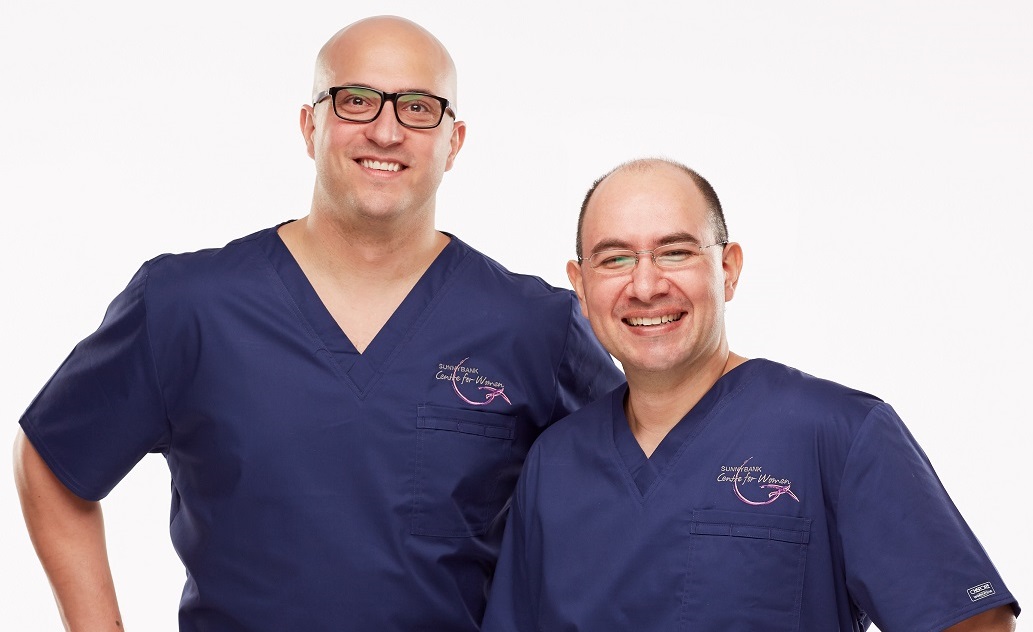Hysterectomy is the surgical removal of a woman’s uterus. This surgery is performed for several conditions, including heavy and/or painful periods, fibroids, pelvic inflammatory disease, endometriosis/adenomyosis, pre-cancerous lesions (hyperplasia), or cancers of the uterus, cervix or ovaries.
The 3 different methods with which a hysterectomy is performed are:
- Abdominal (or open) – Involves a surgical incision on your abdomen to perform the hysterectomy. The incision can be a transverse (side-to-side) or a midline (up-down) incision depending on the condition. This is usually reserved for conditions where a minimally invasive approach is contraindicated or not technically possible. For example, a very large fibroid uterus or some gynaecological malignancies would be managed via an abdominal incision. Typically the recovery from this procedure is slower, it requires longer in-hospital admission (usually 3-4 days), as well as a longer time to off work and return to regular activities (up to 6 weeks). Post-operative pain relief requirements are also greater.
- Vaginal – This is minimally invasive surgery. It involves removal of the uterus via the vagina. This is a commonly performed procedure and the recovery is excellent. Patients have less post-operative pain and are back to daily activities quicker than those undergoing an abdominal hysterectomy. Sometimes your surgeon can combine a vaginal hysterectomy with a pelvic floor repair to fix a prolapse. It is more technically difficult to remove the tubes and ovaries with this approach, and if a woman has endometriosis or adhesions, these cannot be dealt with simultaneously with a vaginal approach.
- Laparoscopic – This involves minimally invasive ‘keyhole’ surgery. In this technique, small (5-10mm) skin incision are made on your abdomen to allow for the insertion of a camera for visualisation and instruments to perform the surgery. The abdominal cavity is filled with gas to facilitate the surgery. Conditions such as endometriosis, adhesions and ovarian cysts can be surgically managed at the time of hysterectomy. The greatest advantage of laparoscopic surgery is that it combines the advantage of both abdominal and vaginal surgery, while providing a better recovery than open surgery. Usually, it will require only an overnight, and return to work and some regular activities as quickly as 2 weeks.
Hysterectomy – Risks
As with any type of surgery, there are risks involved – both from a surgical and anaesthetic point of view.
By enlarge, the risks are small. However these vary depending on the technique being used, the condition being treated, and patient specific characteristic and medical co-morbidities.
- Wound infection – This is a common risk that is usually minimised by providing you with antibiotics both during and immediately after surgery.
- Injury to other organs – Inadvertent surgical injury is a rare, but serious complication. Injury to other organs such as bowel, bladder, ureters (tubes connecting the kidneys to the bladder) and major vessels, can occur during a hysterectomy. Frequency of this for laparoscopic hysterectomies varies between 1 in 1,000 to 1 in 10,000 cases. Conversion to an open abdominal procedure may be required during surgery to either prevent or repair this type of complication.
- Blood clots – this is another rare but serious complication. Its risk varies greatly depending on technique used and patient’s own risk factors. To prevent this, a combination of pressure stockings and anticoagulation medications are normally used.






